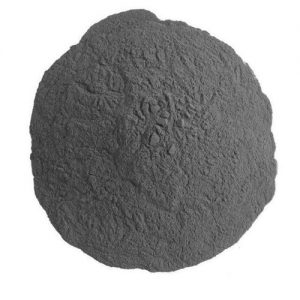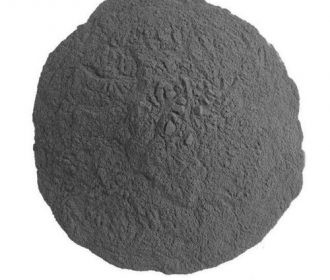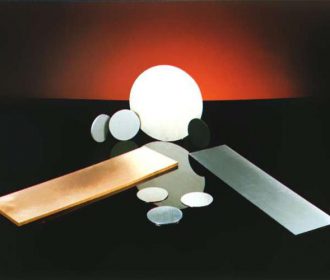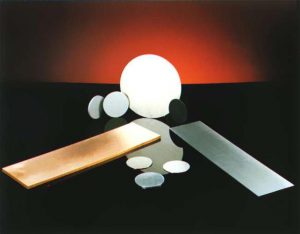The powdered tantalum is dark gray or silver-gray, which is an important raw material for the preparation of capacitors and tantalum materials.

The quality of capacitor grade tantalum powder used for manufacturing tantalum capacitor cores is mainly measured by its physical properties, chemical composition, and electrical properties.
Physical Properties
Physical properties mainly include average particle size, particle shape, fluidity and forming density. Low-pressure series products should have a small average particle size, complex grain shape, and low forming density, while high-pressure series products should have a large average particle size, simple grain shape, and high forming density. The fluidity determines whether tantalum powder can be formed by an automatic forming machine. Therefore, with the rapid increase in the production of small chip tantalum capacitors, great attention has been paid to the fluidity of tantalum powder.
Chemical Composition
The chemical composition has a direct effect on the electrical properties of tantalum powder. High impurity content, especially high content of phosphorus, boron, oxygen, carbon, potassium, sodium, and iron, will increase the leakage current and decrease the breakdown voltage of tantalum anodized film, so as to degrade the electrical properties of tantalum powder. However, the content of certain elements in tantalum powder is not as low as possible. It is found that adding certain selected elements can improve certain electrical properties of tantalum powder, and it has been proved that adding a small amount of phosphide to tantalum powder can inhibit the shrinkage of tantalum during sintering and thus increase the capacitance of tantalum powder by weight, while the breakdown voltage of tantalum powder can be increased by adding trace aluminum compounds with high dielectric strength.
Electrical properties
Electrical properties refer to the dc leakage current, breakdown voltage, and capacitance of the oxide film on the surface of tantalum anode after weighing, pressing, vacuum sintering, and anodizing of tantalum powder. All these properties are not only determined by the intrinsic characteristics of amorphous tantalum pentoxide anodized film but are also closely related to the physical properties and chemical composition of tantalum powder.
Please visit http://www.samaterials.com for more information.



Recent Comments